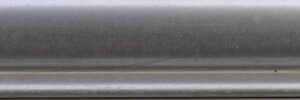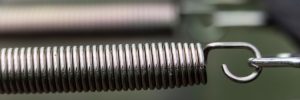
There are many types of stainless steel grades. In fact, over 150 grades have been designated for one purpose or another. Though the many grades of stainless steel share some characteristics, it is the near-endless combination of alloying metals that differentiates one grade from another. Still, of all the types of stainless steel grades available… Read more »










